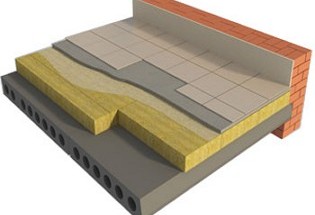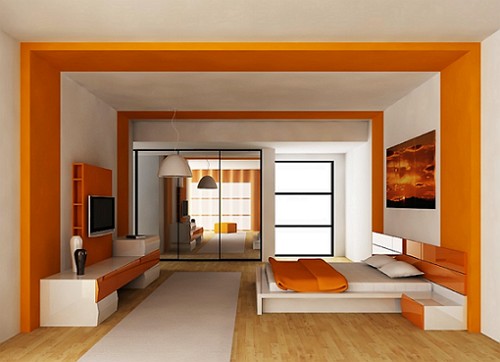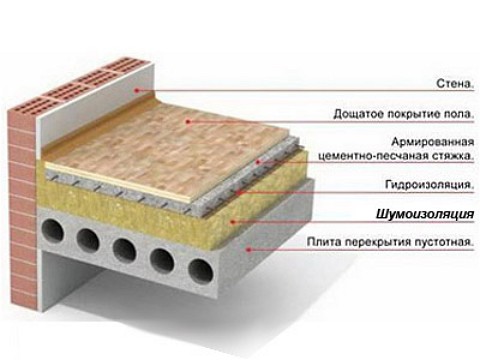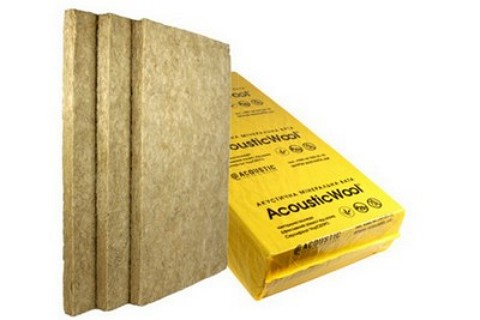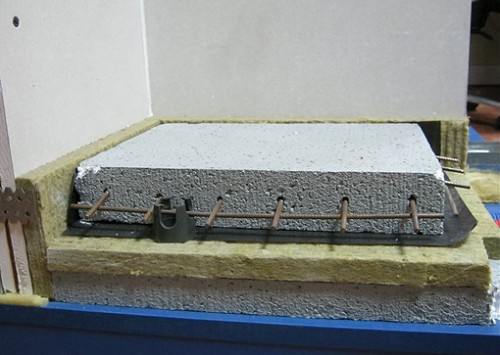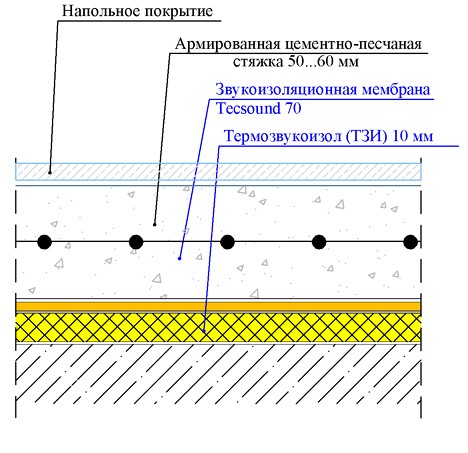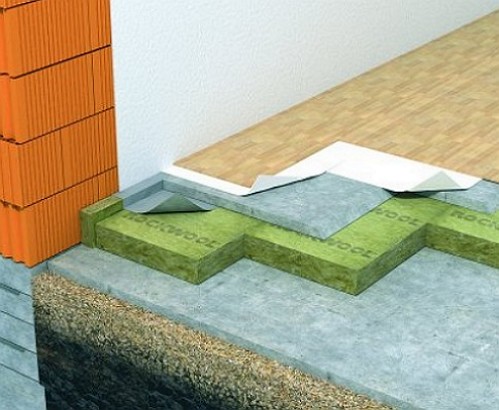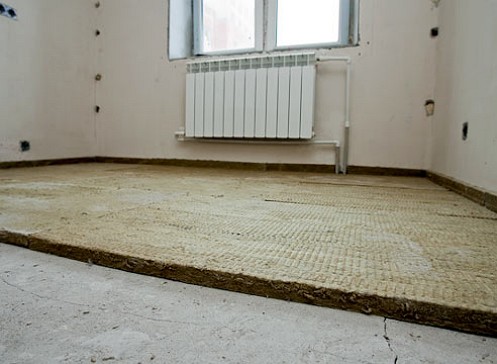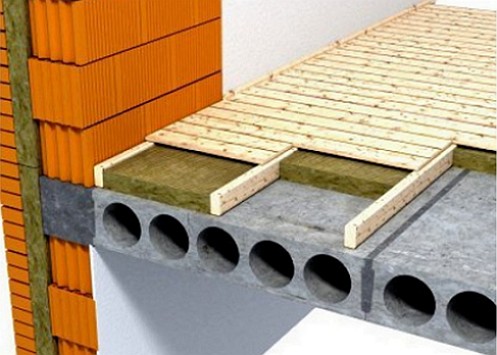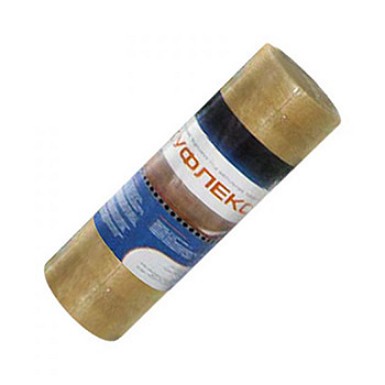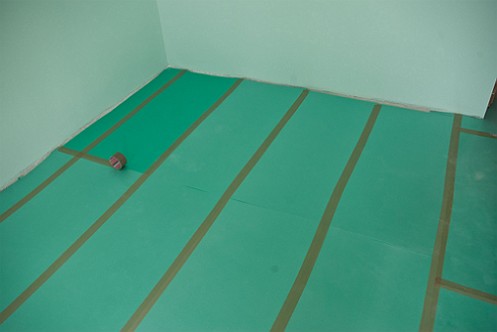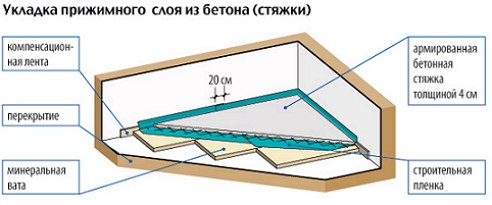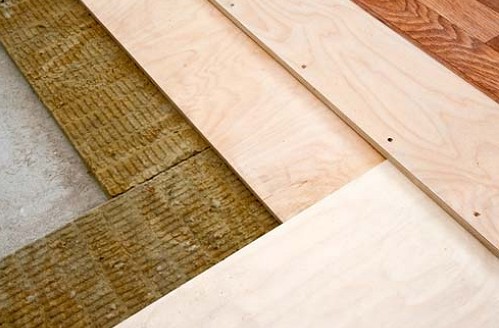The modern industry of soundproof materials has now turned to its Majesty the consumer face. To make noise insulation of a floor in a modern apartment it is now possible, using light and practical materials: substrates, membranes and sound traps. The age-old expensive soundproofing technology of an apartment gives way to more practical materials.
Content
Noise insulation of the floor is an actual problem
The most actual problem, which practically every owner of the apartment practically encounters, is the soundproofing of the living quarters. One of the components of the soundproofing of the apartment can be confidently called noise insulation of the floor. maybe buy an apartment in a new building near Moscow, and suddenly the neighbors will get "funny". And these neighbors will dance day and night. What to do? Do noise insulation of the floor? And how to do it - this article will tell.
Resonant system, which includes floor slabs and soundproofing material, directly depends on the value of the resonant frequency of the floor structure. Hence the conclusion is that the lower the value of the resonant frequency, the better the sound-insulating capacity. In practice, this means that it is simply necessary to choose a soundproofing material that ensures the soundproofing of the floor of the apartment. How to increase this indicator and what can be considered the best soundproofing for the floor?
More recently, using a massive floor screed and a gasket made of traditional materials (glass wool, basalt wool, expanded clay and foamed polymers), the floor sound insulation was ΔLn, w = 23-28 dB. However, modern soundproof materials have made a splash, reducing the level of impact noise to 40-50 dB.
What materials are used for floor noise insulation
To produce a high-quality noise insulation floor of an apartment is impossible without the use of appropriate materials. By its physical nature, it is necessary to distinguish such materials:
• Sound reflecting
• Sound-absorbing.
Recall that sound-absorbing materials suppress vibration of sound shock waves. Sound reflecting materials are represented by foamed sheet synthetic materials.
Unlike sound-absorbing materials, sound-absorbing materials have a porous structure. A bright representative of sound-absorbing materials is basalt wool made from natural fibers. As practice of carrying out works on sound insulation of the floor shows, noise insulation of the floor can be increased by alternating layers of sound-absorbing and sound-absorbing materials. The most demanded technology of floor soundproofing is the technology of "floating floor".
Practical tips
Throw out of your head the obsession that the ancient foam and foam polyethylene are the only soundproof materials. In place of more practical soundproof materials. Go to the nearest building supermarket and see for yourself. Looking into the expressive eyes of a charming girl - a consultant who enthusiastically talks about "supernovae and super efficient technologies" of soundproofing, do not trust these stories.
Agree, if it was so, that "noise insulation materials with a thickness of 10 cm serve as excellent soundproofing devices," then we would have long sat in a remote silence.
The interested reader will skeptically say: "Well, theoretically it looks beautiful, but how will it be in practice or for real?". So, let's start with the most popular noise insulation technology in the apartment.
Soundproofing with the use of technology "floating floor"
The design of "floating floor" is a massive screed, mounted directly on the interfloor overlapping. Justifying the name, the floor covering is in a "suspended" state with respect to the soundproof layer.
In addition, the absence of rigid ties with the surface of walls and partitions, allows the design, together with vibration-releasing materials, to reduce the sound level. As the soundproof materials are the following materials:
• synthetic foamed polymers
• basalt or glass wool
• expanded clay.
Naturally, the technology of the "floating floor" has its own subtleties, which can be found in practical advice on the installation of sound insulation.
Practical tips
Structurally, the noise insulation of the "floating floor" consists of layers playing a role in the general chorus of sound waves. This is a soundproof layer, waterproofing, floor roughing and finishing. Therefore, the rough and finish floor must not touch the vibrating surface of the walls. It is necessary to leave a gap of thickness up to 2.5 cm, which is filled with a noise-insulating material. Vertical elements of the separation layer must be above the level of the screed. After finishing the soundproofing work, the excess material is cut with a knife.
By the way, do not increase or increase the number of layers of sound insulation, rough or finish floor. More practical is the acquisition of a material with a significant noise absorption coefficient.
In addition, it is possible to produce high-quality floor noise insulation by using a substrate and a "dry" screed.
substrate use
The use of a sound-absorbing substrate was started immediately after its appearance in the construction industry. Thin and easy to apply, sound-absorbing substrate is presented in the following variants. This is a substrate of multi-layered glass fiber and fibrous web material.
Practical application of a fiber glass substrate Vibrocost-V300 allows you to use the material for cement screed and floor covering. The secret of the noise-absorbing effect of the substrate is enclosed in the structure of fibers, the basis of which is glass fiber of the "C" type. For reference: glass fiber of this type has a density of 2.5 × 103 kg / m3, a tensile modulus of 86 GPa, and a tensile strength of 4.6 GPa. Excellent material for floor insulation under the screed!
Sound-proof substrate made of rolled fiber material "Acuflex" It is intended directly for insulation from impact noise. Thus, it is an indispensable option for the construction of "floating floor", because the material is used for any floor covering. Noise insulation of the floor for laminate, linoleum or parquet is solved quickly and effectively.
Practical tips
When laying the substrate, it is necessary to avoid crumpling, clumping, or creasing of the material. It is necessary to exclude omissions and voids when the substrate is laid, otherwise all your noise insulation efforts will be in vain.
Remember that the technology of installation and installation of noise insulation for tiles, laminate or parquet is different. It does not hurt to remember that when building a multilayer structure on the floor, the first lay out soft materials (soundproof mats), and then more rigid.
Obligatory compliance with the spreading of the seams of slabs lying higher, relatively lower, is the optimal option for creating floor noise insulation in a modern apartment.


